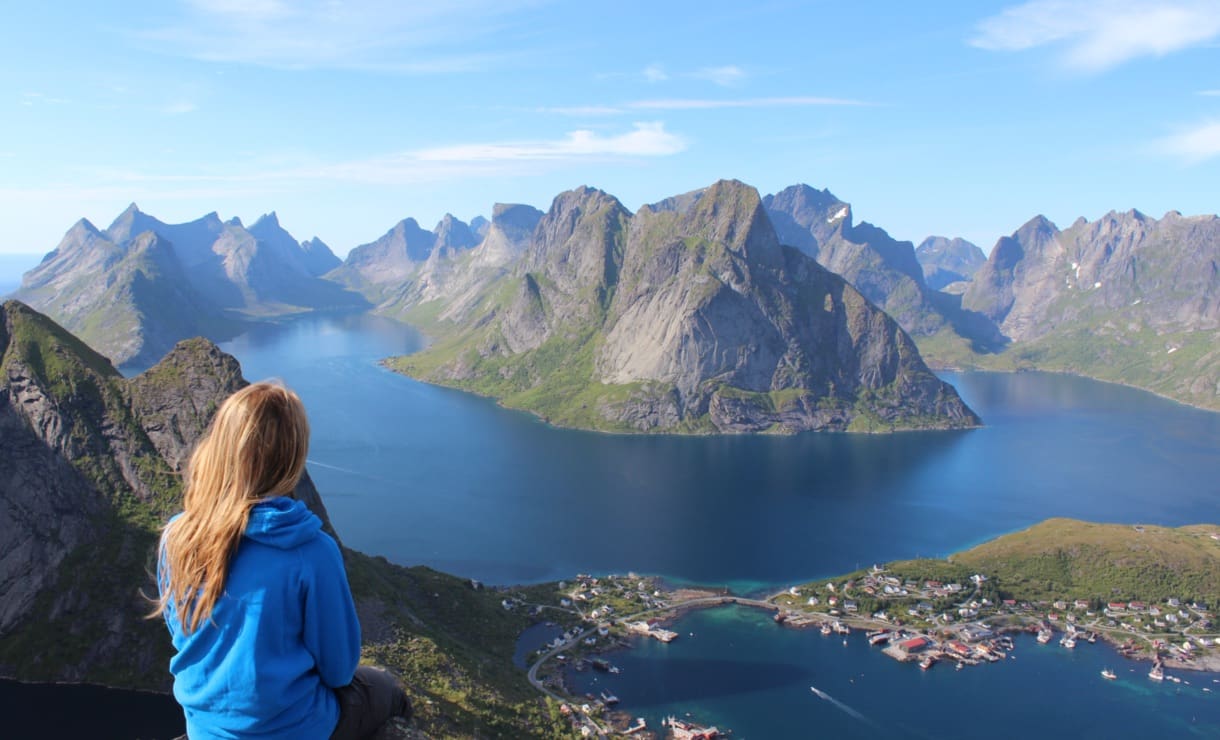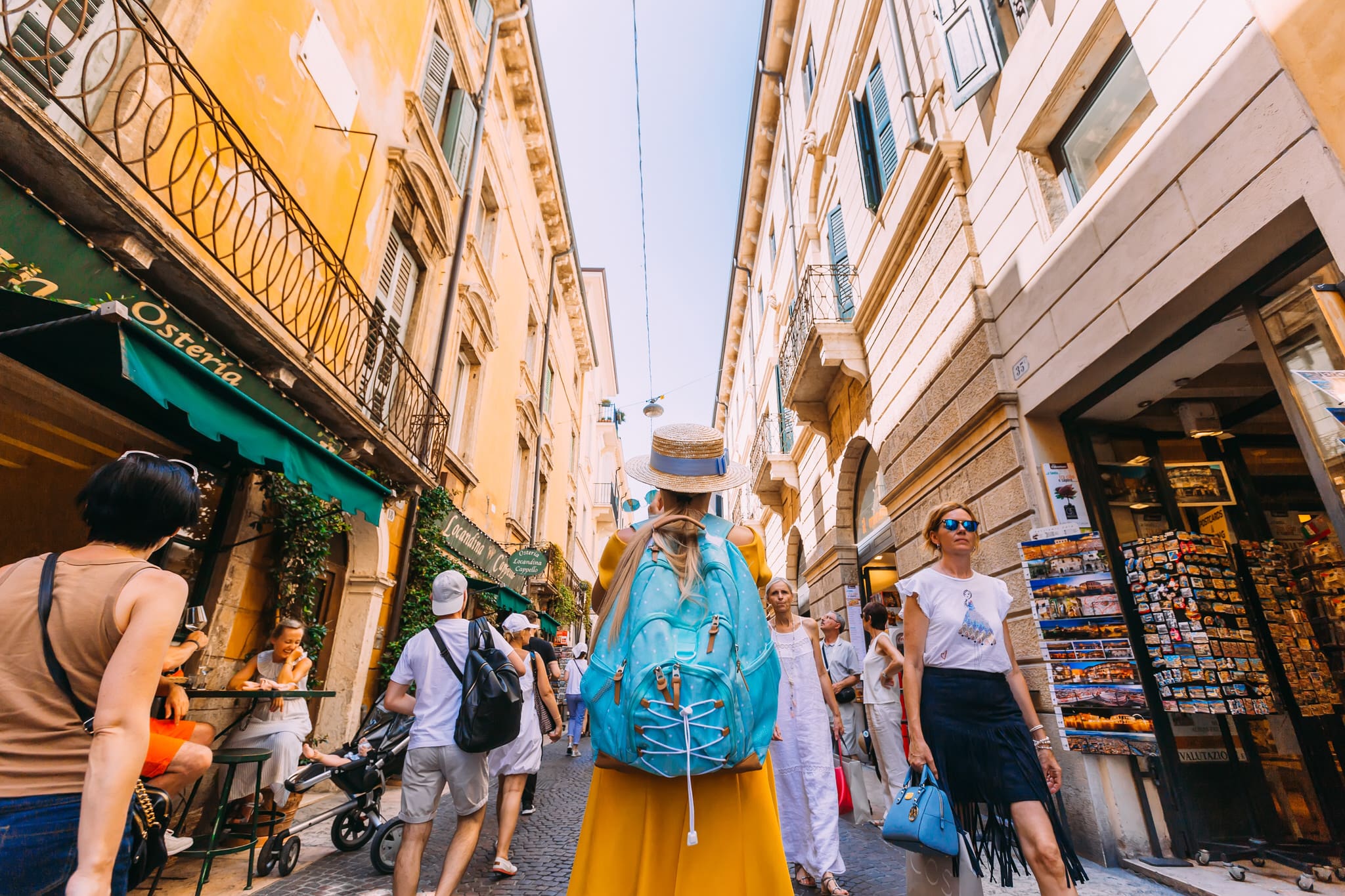To P, a young boy in Swaziland courageously facing each day in the only way he knows how. You are an inspiration to me.
And to my three squads, A-Squad (2014), U-Squad (2016) and F-Squad (2018), who shared their beautiful hearts with my own. My gratitude and love for you stretches on still, I don’t know if it’ll ever stop expanding.
And finally, to my parents, who first showed me in our house in Minnesota that if you put a shell to your ear you can hear the ocean far, far away.
All The Light We Cannot See
Some weeks ago a manatee happened to be grazing just offshore an island in Belize called Caye Caulker. From the ship’s prow I could discern its nose when it breached the surfaced for air at regular intervals. Should it not have required oxygen to live, we might never have seen it all.
Light striking the grass bottom about twenty feet below made gave the water a dark green shade. Several yards away the water nearer the reef changes to gorgeous crystal blue. The manatee nose poked into the air once again, as if beckoning me to come take a look at his green patch of water. I donned my snorkel gear, leaned over the edge of the boat, and dropped two feet into the water to see this creature we call the manatee.
Ducking my goggles into the manatee’s world, I was met by a swirl of soft green hues. Sunbeams attempted to pierce the green but withered in power as it diffused and reflected off a million microbes. Furthering my obfuscation, the manatee wears a crust of green algae along it’s back like a cloak. It threatens to disappear before me. My brain knows the manatee is there, and so it quickly processes the data before me. Packets of light striking light sensitive cells coating the retina are translated to chemical pulses and relayed back to the occipital cortex where it is processed, assessed for it’s valence, and thus brought before my vision. I can see the manatee.
It ruffled the sandy ocean bottom with it’s nose when it settled over an outcropping of eel grass. It moved slow with great strokes of its rounded tail. We and a few other fish chased it around in wide circles until it finally tired of us and disappeared into the gloom. The excitement lasted all of thirty minutes.
Later that day. we flippered our way around the corals of the Hol Chan Marine Reserve. We passed entire galaxies of fish, coral and other microorganisms like a parade of giant balloons through New York. Barracudas appeared and disappeared. A moray eel hid in it’s little den, quite blind from the cataracts which inflict all moray eels in their adult life. Nursing sharks drifted by. Orange-red kelp brushed against my shoulder the same way tree branches and shrubs do on a walk through the forest.
Have you ever been out walking and suddenly stepped on a pinecone? Beforehand, your attention had been elsewhere, looking at flowers or the trees, but when your foot falls on the spiky cone you become suddenly aware of nearly every pinecone lying in the grass. You’re surrounded by them. Their multiplicity yawns before you like creation itself.
Similarly, it wasn’t until our guide took a breath, dove several meters down and plucked a conch from the bottom on a whim that I finally saw the conch shells scattered in the sand. Seeing any required first seeing one — or else, you didn’t see them at all. Unlike their merchanized long lost cousins sitting on tables and shelves back on Caye Caulker, these conch were hidden beneath a thin layer of sand on their shell. It doesn’t always pay to shine too bright out in nature. If you stared long enough, they’d tilt or move slightly, reminding you of the creature within.
I read somewhere that their enormously strong shells are formed in a beautiful pink spiral using microscopic-sized bricks glued together with organic cement produced by the conch. The shell steadily enlarges as the conch grows. These organisms are a universe of fascinating mathematical symmetry and biological curiosity.
Aside from their sandy disguise, conch shells are hard to see because they exist so far from my particular every day concern. They aren’t obviously threatening. They do not promise any obvious pleasure. My brain has already dismissed them before I even have the chance of perceiving them. They are relegated to the background noise in my mind, a whitewash of sound filling in the spaces between what I think is important.
The crystal waters reflecting sunlight from above made the reef bright with movement that overlaid the many-colored schools of parrot fish, anemones, sea urchins and brain coral. The images are now stored in my head in the form of brief flashes of feeling and color, laden with meaning, enriching the little organism that is me. I am deeply thankful for now being able to see so much that previously I was blind to.
To all else that I cannot see — the other beings drifting about in this cosmic ocean current — I bless now and express my regret that I should be born so ill equipped to appreciate your beauty. Perhaps this is the price we pay for our incarnation. We attain consciousness for a brief second and absorb only a fragment of the world around us, excluding anything too small for notice. The concerted effort directed towards to the mundane is a low-paying profession, but maybe, if we’re lucky, we’ll have those impenetrable opaque curtains of our mind drawn back and we’ll be blessed, as I have, to see a Conch Shell.
For further reading about selective nature of our attention please see The Scientific American article here: https://www.scientificamerican.com/article/your-hidden-censor-what-your-mind-will-not-let-you-see/
And the science behind shells…https://www.scientificamerican.com/article/how-are-seashells-created/
*The title of this blog is taken from the Pulitzer Prize winning book written by Anthony Doerr*








